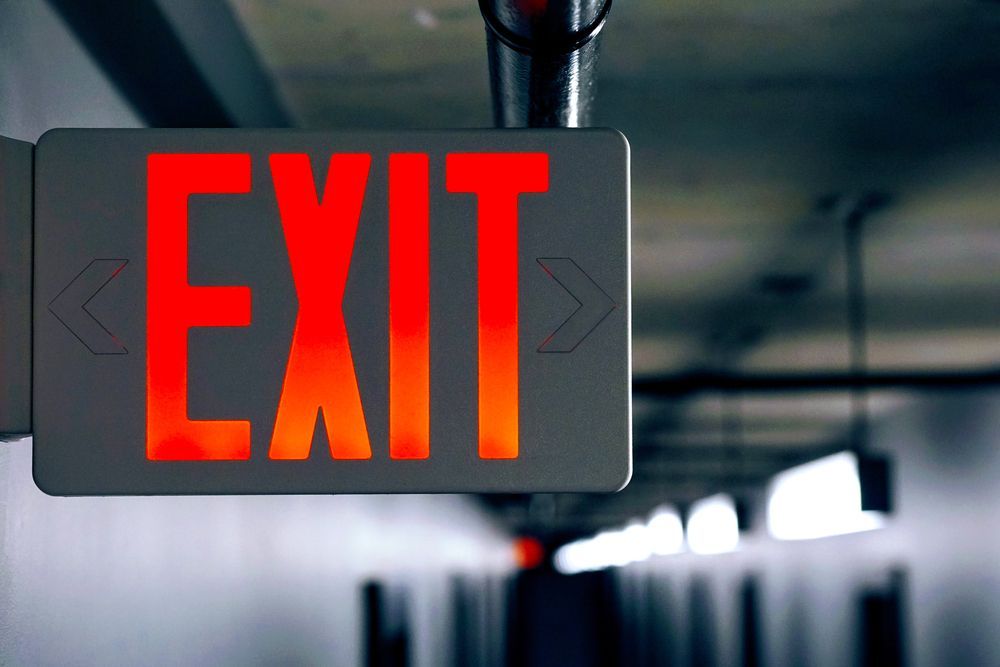Navigating the NFPA 70E scope to derive at the important main points can be tedious. Author Brooke Stauffer provides a well thought out summary of topics for the translation of code.
NFPA 70E Scope
NFPA 70E-2004 is entitled Standard for Electrical Safety in the Workplace. It is related to the National Electrical Code (NFPA standard 70) as follows:
• The National Electrical Code (NEC) describes how to design and install electrical systems but not how to actually perform the work.
• NFPA 70E describes safe work practices for electrical construction and maintenance but not how to design or install electrical systems.
• The two documents (NEC and NFPA 70E) have identical scopes and many of the same definition. They both cover “inside” wiring in buildings and similar structures. Neither of them covers utility (line) construction.
Construction sites are workplaces. The NEC covers safety of electrical installations, and NFPA 70E covers electrical safety in workplaces. While it technically applies to all workplaces (libraries, schools, hospitals, supermarkets, law offices, etc.), NFPA 70E is enforced most often on construction sites and at industrial plants. Anywhere that electrical construction and maintenance work happen is a workplace.
NFPA 70E Enforcement
• The NEC is adopted for regulatory use by states, cities and counties. It is enforced by electrical inspectors.
• NFPA 70E is not adopted for regulatory use. Instead, customers, who require electrical contractors to follow NFPA 70E safety practices while working on their property, enforce it.
NFPA 70E Covers Electrical Hazards Only
NFPA 70E describes how to protect electrical workers from three kinds of electrical hazards:
• Electric shock and electrocution
• Arc-flash (electrical fireball)
• Arc-blast (electrical explosion at high energy levels)
The NFPA 70E standard doesn’t cover other construction hazards such as fall protection, safe use of ladders and scaffolds, hazardous substances, and respirators. These other subjects are covered by OSHA construction safety regulations.
NFPA 70E Four-Step Safety Strategy
NFPA 70E outlines a four-step approach to electrical safety:
1. TURN OFF THE POWER. Work de-energized, whenever possible. This isn’t always feasible. When it is working on or near exposed live conductors and parts, NFPA 70E requires the following:
2. LIVE WORK PERMIT. Have the customer sign an Energized Electrical Work Permit.
3. PLAN THE WORK. Have a written plan for performing the live work safely.
4. USE PERSONAL PROTECTIVE EQUIPMENT (PPE). This includes flame-resistant (FR) clothing, insulated tools, face shields, and flash suits.
Turn Off the Power
NFPA 70E describes three methods of turning off electrical power and verifying that it stays off while work is being performed. Some people call this Lockout/Tagout, but that’s actually only part of the process. The following are the three methods:
1. Individual qualified employee control
2. Simple lockout/tagout
3. Complex lockout/tagout
NFPA 70E Safety Practices When Working Live
When working “live” around exposed energized parts, NFPA 70E requires the following:
Live Work Permit. Have the customer sign an Energized Electrical Work Permit. This describes the work to be performed and why it must be performed live. Live work must be authorized by the customer, engineers, or other person in charge.
Determine Shock Hazard Boundaries. There are three of these:
• Limited approach boundary
• Restricted approach boundary
• Prohibited approach boundary.
Only qualified persons can enter the restricted approach boundary. Entering the prohibited approach boundary is considered the same as touching live parts. These boundaries are for shock protection only; they determine when electrical workers must use voltage-rated (rubber) gloves and voltage-rated (fiberglass) tools.
Determine Flash Protection Boundary (FPB). The default flash protection boundary for systems operating at 600 volts is 48 inches. A qualified person who works closer than 48 inches to live parts must wear personal protective clothing (PPE) including flame-resistant (FR) clothing. This PPE is for arc-flash and arch-blast protection, not protection against electric shock.
Determine Hazard/Risk Category (HRC). NFPA 70E has several tables that help electrical workers select the correct type of PPE to wear, based upon the task they are performing live. There are five different HRCs: 0, 1, 2, 3 and 4.
Use Appropriate PPE. Workers must wear PPE specified by the tables in NFPA 70E whenever they are within the Flash Protection Boundary (48 inches for 600-volt equipment), whether or not they are actually touching the live equipment. Tasks such as voltage testing, for equipment troubleshooting or to verify whether power has been turned, off is “live work” that requires workers to wear PPE.
For More Information on NFPA 70E
The NFPA 70E standard is a critical tool for protecting electrical workers form shock, arc-flash, and arc-blast hazards while doing electrical construction and maintenance work. This article has provided a brief introduction and overview to the most critical NFPA 70E concepts. For more complete information see the following, which can be ordered from www.nfpa.org/catalog
• NFPA 70E-2004, Standard for Electrical Safety in the Workplace
• NFPA 70E, Handbook for Electrical safety in the Workplace (NFPA 70E Handbook). For more information on UL 924 click here .
The National Electrical Contractors Association (NECA) also publishes an NFPA 70E Personal Protective Equipment (PPE) Selector. It is a full-color illustrated guide to selecting the PPE required by NFPA 70E for working on or near live conductors and equipment. It can be purchased from www.necanet.org/store (click on “Safety”).
Call 844-501-1887 for more information.
Article provided by Electrical Contractor Magazine, www.ecmag.com.
About the Author: Brooke Stauffer Executive Director of Standards and SafetyBrooke Stauffer was executive director of standards and safety at the National Electrical Contractors Association. He was a member of the National Electrical Code committee and the NFPA 70E committee.



Request a Quote From a Product Specialist
Experienced Product Representatives are on hand to send you information and quotations for equipment. If you need help with sizing, installation planning, or general questions about product please fill in the appropriate form and someone will contact you shortly. You may also call 844-501-1887 to get a direct product representative.
Contact Us Page Form
We will get back to you as soon as possible.
Please try again later.

